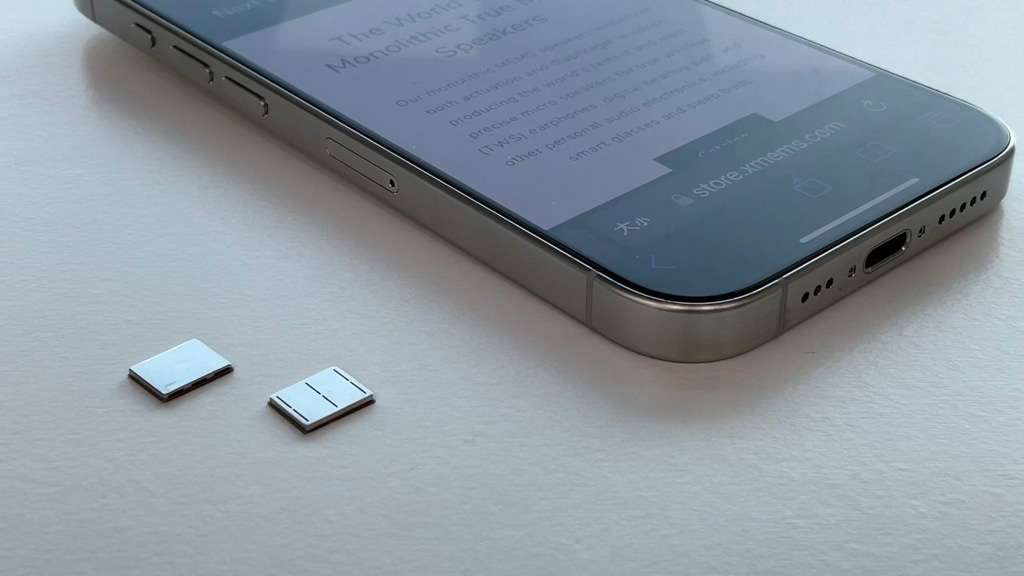
Thermal management continues to be an inherent limitation on phones. Most phones have powerful chipsets that deliver standout performance, but because of overheating issues, these chipsets tend to throttle aggressively. Manufacturers are essentially constrained by the size, so the most they can do is add a vapor chamber to passively cool the chipset on a phone.

In Hardwired, AC Senior Editor Harish Jonnalagadda delves into all things hardware, including phones, audio products, storage servers, and routers.
ASUS came up with a novel solution called the AeroActive Portal on the ROG Phone 6 Pro and Phone 7 Ultimate; this was basically a small hatch that opened up on the side of the phone, allowing cool air to flow into the heatsink when used in conjunction with the AeroActive cooler. The idea was innovative, but it led to a lot of mechanical complexity, and ASUS doesn't offer the feature on its latest phones.
But if the latest solution by xMEMS is any indication, active cooling may just be possible on mobile devices. At a high-level overview, xMEMS's XMC-2400 is a micro-cooling fan that's just 1mm thin, and like the brand's solid-state audio drivers, it uses an all-silicon design.
Basically, xMEMS uses a voltage-controlled transducer to move the fins of the fan fast enough to generate a considerable amount of airflow. The XMC-2400 is able to deliver 39cc/sec airflow and 1,000Pa back pressure, and crucially, it is IP58 dust and water resistant, allowing it to be used on sealed devices like phones. It is available in two variants: top-vented or side-vented configurations.
The fan measures just 9.26 x 7.6 x 1.08 millimeters, weighs less than 150 milligrams, and consumes roughly 30mW of power. The tech has a lot of similarities to Frore System's AirJet system, but it is considerably thinner, and xMEMS is positioning it as a viable solution on phones as well as, tablets, VR headsets, notebooks, and gaming handhelds.
Because it has an all-silicon construction, it doesn't make any sound, and there's no vibration as it operates at ultrasonic frequencies. While the tech makes a lot of sense on larger devices like handhelds and notebooks, it remains to be seen how airflow is handled on a phone; most phones have fully sealed designs, and that poses a problem when venting hot air outward.

With the AirJet system, Zotac added slits to the side of its mini-PC that serves as the exhaust, but it's unlikely that phone manufacturers will start doing the same on their devices to accommodate active cooling. There's also the cost to consider; the AirJet system has been around for nearly a year, but it hasn't secured many design wins.

That's where xMEMS could have an advantage. As its solution is considerably smaller, it can be used in a wider variety of devices. And with xMEMS producing half a million solid-state drivers that go into the likes of the Creative Aurvana Ace 2, it has a proven track record. The brand notes that it will start seeding the XMC-2400 active cooling solution to clients starting 2025, with retail availability a year later.
While that's a lengthy wait, if phone brands actually manage to find a way to integrate active cooling into their devices, it has the potential to be a game-changer.







